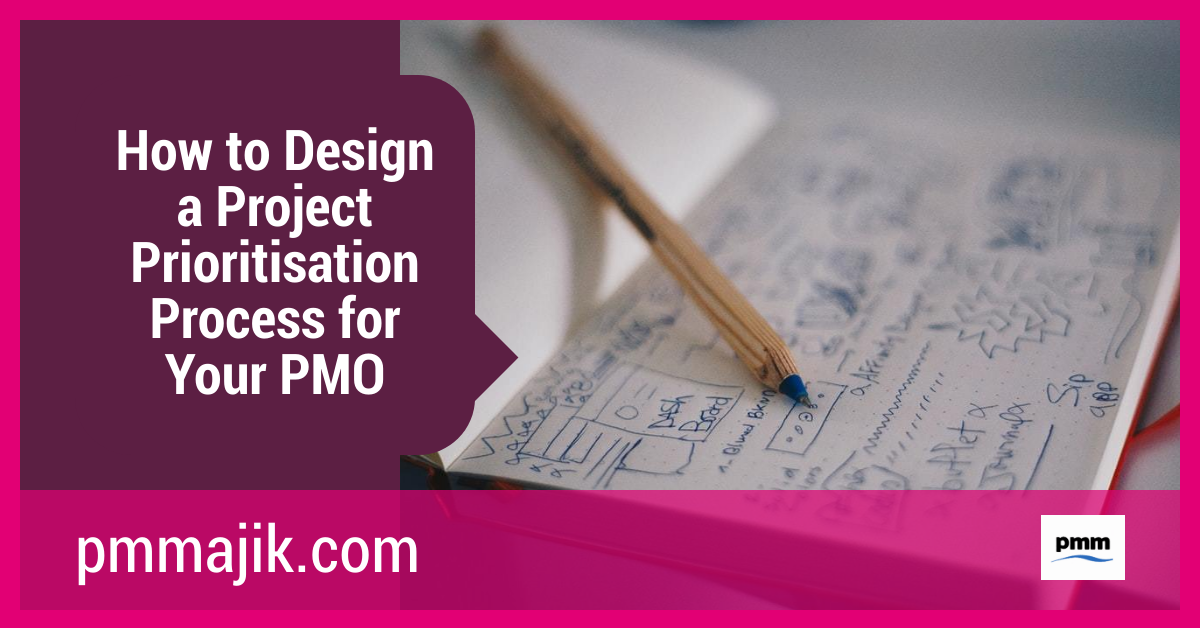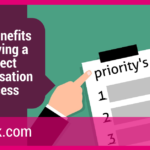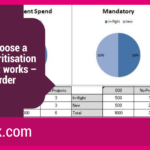Knowing what to tackle first will help your project management office (PMO) to be a success. To know where best to allocate resources, you need to know how to design a project prioritisation process for your PMO.
Your office may already have a project prioritisation process in place, but is it fit for purpose? If you’re setting out to redesign your prioritisation systems or you have a new PMO and need to put one in place, you need to first understand the fundamentals of what your process will do.
To help you figure out the elements you need to get right when choosing your project prioritisation process, we’re going to look at:
- The business needs in project prioritisation
- How your resources will affect the process you choose
- Scheduling considerations when designing your new process
- How to be sure your process will be a success
So you have the groundwork to choose the right process for your PMO.
How does project prioritisation fit with KPIs?
When designing your new project prioritisation process, you need to be aware of the KPIs of your office and of your projects and project managers in general.
The projects that come to your office should already align with your business needs. However, some will contribute more to your expected outputs.
When looking at the options for the process you pick, you need to ensure that it will prioritise projects that add value. Whilst a PMO should have clear KPIs, a newer office may still need to put these in place before lining up a way to give projects priority.
What resources are needed for a project prioritisation process?
You can opt for ways to prioritise your projects that are simple and don’t require a lot of work from your office, and there are processes that are detailed and will take time and resources.
Understand what resources you have available to dedicate to the process. This will be a big factor that goes into how you design your new process.
You need to consider:
- The people you have available and the skills they have – can your process have detailed analysis based on the abilities of your PMO team?
- The software and other tools on hand – will you need to bring in new software or have a new database built to fulfil your process?
- The time that you can allocate to the new prioritisation process – consider all of the other tasks that your office completes and what you can reasonably offer to the new systems you’ll introduce
What are the scheduling requirements of the process design?
Along with having the people and the time available to complete the process inside your office, there are likely going to be other people involved in project prioritisation.
Within your process, it’s going to be a requirement to perform regular reviews, among other process requirements.
When you design your process, ask yourself:
- How much time you can take out of other people’s schedules?
- Can you ask your C-suite sponsor to be involved quarterly or half-yearly?
- Will you need to bring in subject matter experts, and how often can you do that?
A detailed and involved prioritisation process may feel like the ideal one to introduce but the design needs to balance against the needs of everyone who will be part of the process.
How can I be sure to choose the right design for my project prioritisation process?
As you go through the stages to choose which prioritisation process you go for, you need to test it against completed projects.
This is to ensure that the process will be fit for purpose based on projects that you understand the full details for.
Choose a clutch of recently completed projects that had a range of priorities and run them through the process whenever you add an element. If these projects return the priority you’d expect, you know your new process is likely to be effective.
The take-home
Before you start looking at the different ways you can prioritise your projects, you need to look at the fundamentals of how to design a project prioritisation process for your PMO.
Knowing what goals the process needs to help you achieve and the resources that you can dedicate to it will go a long way in helping you know if you’re choosing a process that will work with your office and your projects.






